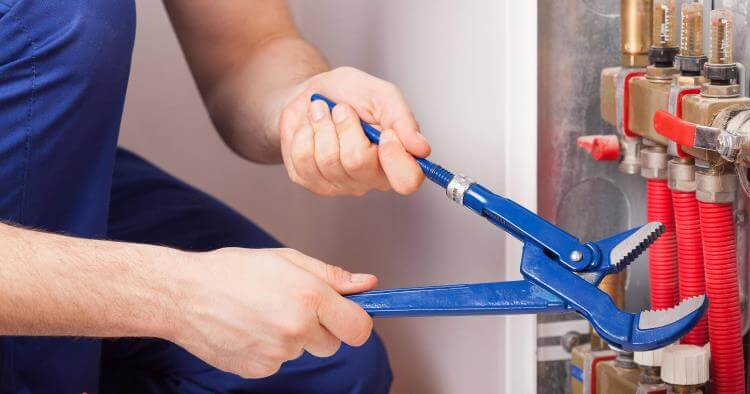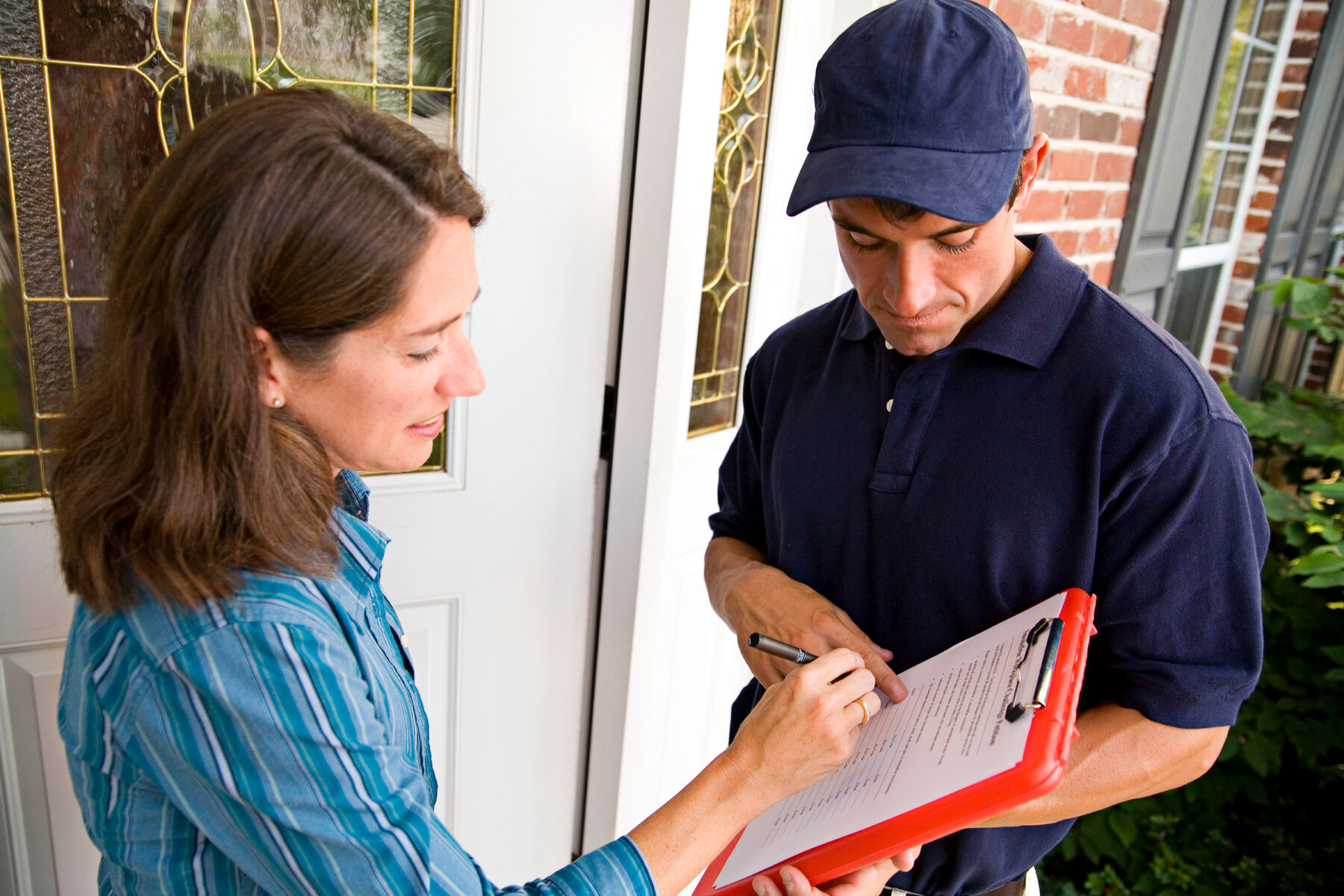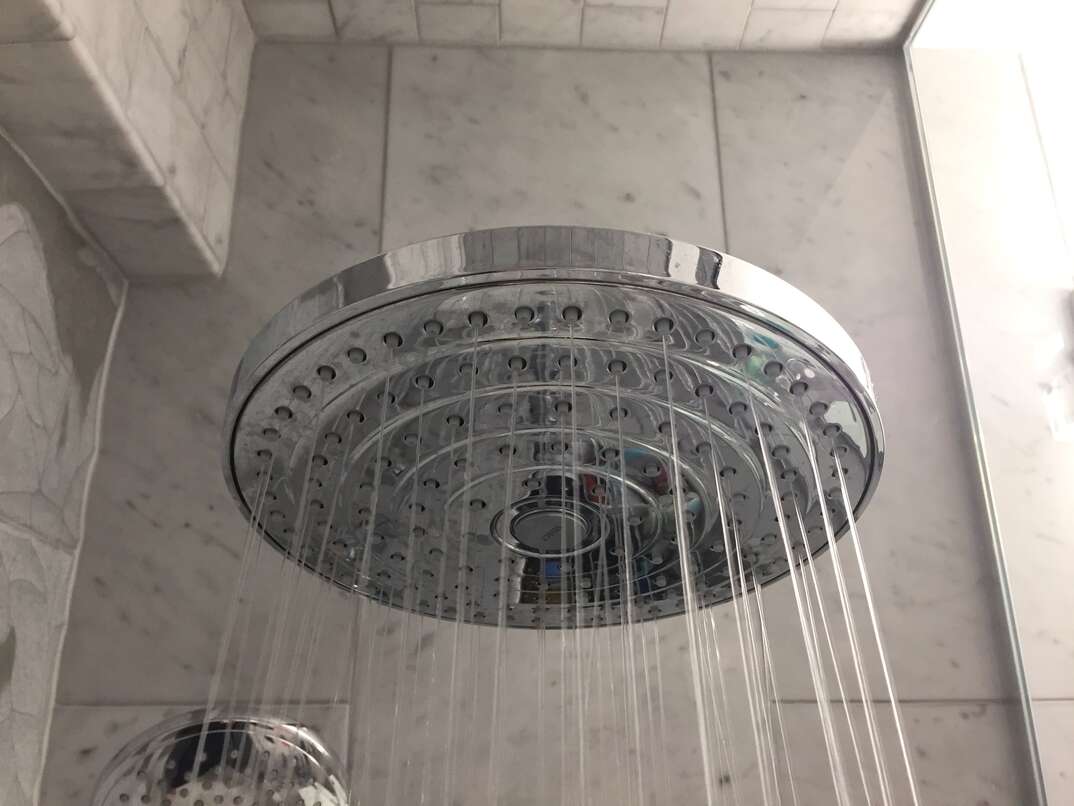Spotting problems early to minimize Home repairs

A key to preventing the major financial burden of a full-scale home repair is recognizing when there is a problem. Fortunately, our plumbing, HVAC, and electrical systems provide early warning signs that help identify a problem. Paying attention to those signs could save you thousands of dollars and the hassle of a large-scale repair. Here are five common signs of home repair problems and what they mean:
Drainage and sewer line problems
When more than one drain in your home has started to work improperly, this is likely a sign there is a problem with the external line that connects to the street. There are many possible causes for a backup or blockage. Tree roots may have found their way into the sewer line or a foreign object has blocked the flow or, worst-case scenario, your sewer line has broken completely. No matter which of these issues is occurring, you should contact a plumber immediately. If it is something as simple as a root intrusion or a foreign object, the plumber may be able to remove them or complete a small spot repair before the problem gets worse. This could potentially save you the thousands of dollars it will cost to have the line replaced completely.
Water line leaks
Most people use about the same amount of water every month. If you notice a sizable increase in your bill and you haven’t modified your usage – filling a pool or increasing your outdoor watering – this could signal you have a problem. One of the first things to do is examine all of your fixtures. Dripping faucets and leaking toilets can waste a lot of water over the period of a month. Though you can visibly see a faucet dripping, the leaking toilet may be a little harder to detect. Dye testing your toilet is an effective way of checking for leaks. Once you locate the source of your problem, you can address it directly and avoid any further increased water bills.
If all of your fixtures seem to be in good working order after the visual and dye testing, and there are no other visible signs of water leakage in your house, i.e., mold spots, water dripping down walls or between floors, or warped drywall/ceilings, then it is time to contact your water company. You may be experiencing a leak on your external water line. The water company will typically send someone out to test your line and verify if there is a water line leak.
Service line troubles
Do you have patches of lawn that have suddenly become greener than the fairways at the local golf course? This can often be a sign that you have a leak in one of your external lines. When either a water or sewer line leaks into the surrounding soil, the grass is provided extra water or nutrients, resulting in a more green and luxurious appearance. If you are experiencing this, it is a good idea to have your buried service lines checked. The water company will typically check for a leak on their line. If no leak is found on the water line, contact a local licensed plumber to inspect the sewer line.
Maintaining and monitoring your plumbing is a must. A majority of Americans cannot afford a major plumbing expense if the problems become too severe, and millennials are even less prepared. By keeping tabs on your plumbing, and having a home repair or home warranty plan, you can possibly prevent the financial burden of catastrophic plumbing failures. Fixing a service line is a costly home repair.
Heating and air conditioning trouble
Every HVAC system makes noise, but if you notice a change in these noises, including bangs, squeaks, and creaks, it may be time to have your unit looked at. These sounds could indicate that you have a bearing or belt going out, or worse.
If your home is heating or cooling unevenly, and you have checked to make sure the vents are open and there are no structural issues with the home, it may be a sign that there are heater or air conditioner problems. This could also be a sign that there is a problem or leak with your ductwork. Another common cause of this is the location of your thermostat. A thermostat may be located in a position that does not allow it to gauge the temperature of the entire space, such as near a vent or in a smaller space of the home, causing your HVAC unit to shut off before the entire space has been adequately heated or cooled.
Shockingly simple electrical repairs
Lights that flicker in the home may be a symptom of a bad or loose light bulb, but if replacing the bulb does not solve the problem it may be due to an issue within the light fixture itself, or the wiring to the fixture. If this problem is occurring across multiple fixtures in the home, it is time to contact an electrician as the likely cause is faulty wiring within the home and this is a home repair you probably don’t want to try to do yourself.
Circuit breakers may occasionally trip if you have overloaded a circuit, but in the event the breaker is constantly tripping, even with just single lamp or fixture plugged into it, the breakers may have worn out and no longer usable. Use caution while doing anything with the breaker panel, as power still flows to the unit, even with the main break.
HomeServe is here to help. For more information on how to protect yourself in the event of a home repair situation, please visit HomeServe!


